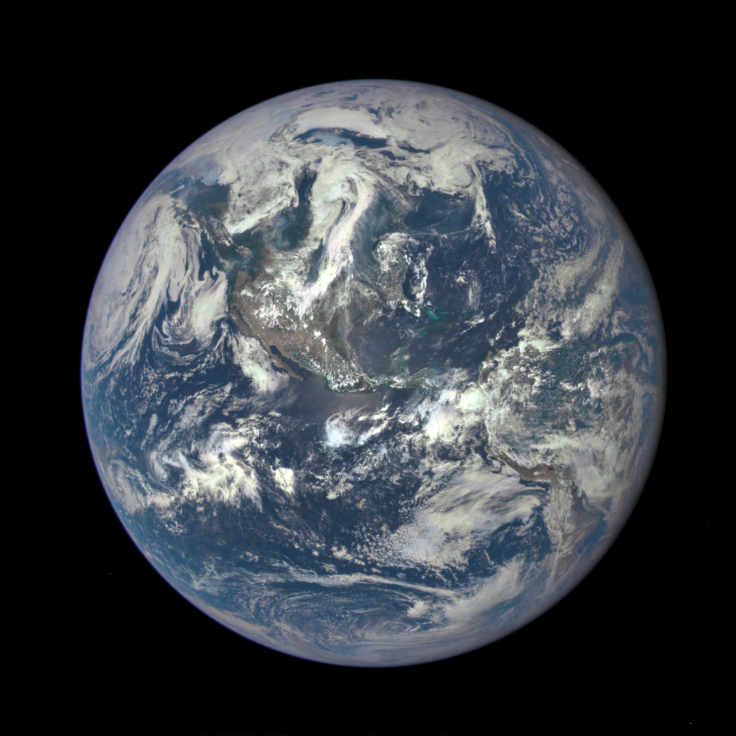Panspermia: Concentrated areas of life in the universe could prove it travelled across space

Clusters of planets with living beings on it in a cluster of the universe could point to evidence that panspermia – the theory that life crosses the universe and ends up on a planet – is occurring.The thought is that just a single microbe on a meteorite could be responsible for life on Earth.
However, this theory is hard to prove due to the sheer number of rocks on our planet, meaning it is not possible to check them all to see if one brought life with it from space. "That's not a very effective strategy of testing whether life came from outer space," Henry Lin of Harvard University told New Scientist.
Lin suggests looking at where life is across the universe to see if it has all emanated to one cluster of planets, which will give us a better indicator of where life originates from, according to a recent paper he wrote.
The only problem is that we are yet to find life anywhere else. That's not to deter Lin, though, who says we need to find 25 worlds with life on one side of the universe and the same amount without life on another.
What that would point to, he states, is the sun may be on the verge of a panspermia bubble with life radiating outward. "We would have smoking-gun evidence that panspermia actually happens," says Lin.
However, Sara Seager, an expert of hypothetical biosignatures and of the Massachusetts Institute of Technology, says this may take too long to prove.
She is also quoted by New Scientist as saying: "It would be great if there's a time in which we have so many biosignatures that we see clumps throughout the galaxy. But I don't know when that time will be. Until we find biosignatures we can't actually proceed with any of this work."
Lin added: "Even if panspermia doesn't happen, we might be the ones to bring it about. Maybe this paper will be useful a thousand years from now."
© Copyright IBTimes 2025. All rights reserved.






















